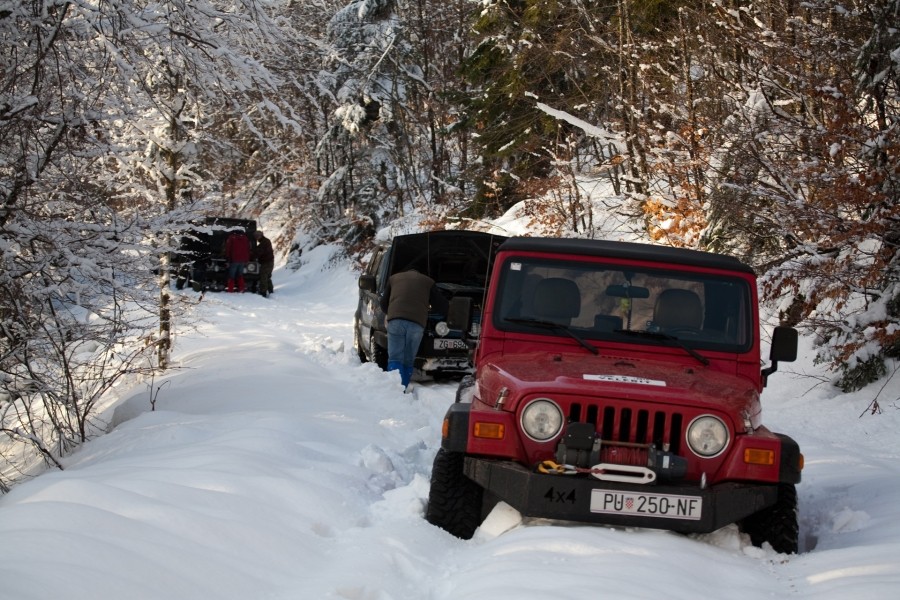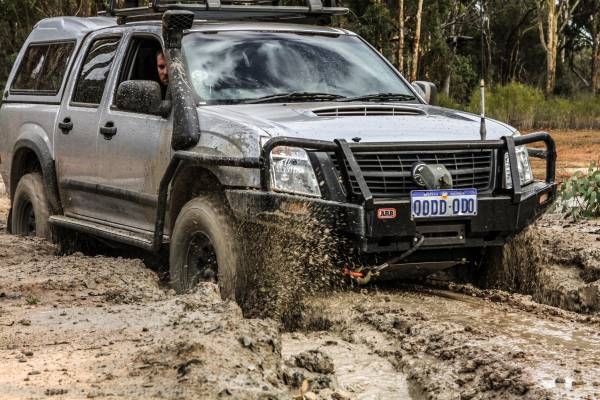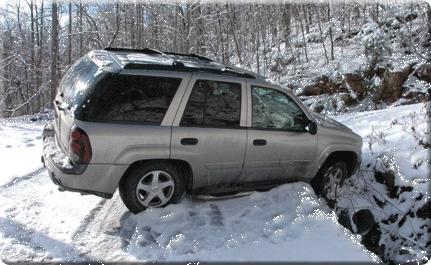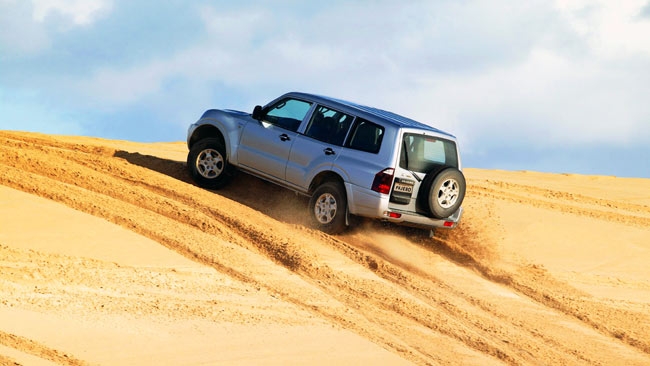Recovering From Stalling on Hills, Mud & Water Crossings
The first rule of keeping moving through difficult ground is keep the engine running. Sometimes it doesn’t want to, though. Put too much strain on it and any engine can stall. When we first started driving most of us probably stalled at the lights a few times. That’s always a bit of a red face moment. Go off road and stalling becomes a lot easier, though. Picking your way slowly across rough ground and a fast-changing surface will give you plenty of opportunities to feel that sudden jolt and experience unexpected and unwelcome silence. Luckily we have a few tips (and yes, they’re based on experience) on how to get moving again.
Going uphill is usually pretty easy, but it can still catch you out. If you have to drop your speed to avoid obstacles or get across a tricky surface, or the slope suddenly increases, you’re at risk of stalling. Don’t worry though; it’s easy enough to get out. Leave the vehicle in gear and turn the engine over with the starter motor. Make sure your feet are off the brake and clutch pedals and let the handbrake off as you start to turn the engine over. Often you’ll find the starter will drive the vehicle slowly over the obstacle that got you stuck in the first place and you can continue on up the hill with the engine running. If you need to, start slowly applying the accelerator to give you more momentum as you climb the hill.
Soft ground is another easy place to stall. Getting through mud or sand needs some clever work on the gas pedal, and if you hit a deep patch the engine’s likely to quit on you unless you have superhuman reactions. Most of us don’t. So there you are, in the mud with the engine off. The first thing to do is get it running again, but if you’re in a wet situation, keep your foot off the clutch. Once you’ve restarted try backing out the way you came, in low range if you have it. If you’re firmly stuck this is the time to get out your Treds or snatch strap.
Water has its own hazards. If you stall in the middle of wading a river you need to be very wary of getting water into the engine. Because water doesn’t compress that’s a good way to do some expensive damage really, really quickly. You need to get back on to dry land before restarting, unless you have a snorkel on your exhaust as well as the air intake, or you’re likely to suck a load of river into places it absolutely shouldn’t be going. Luckily there’s a solution. First work out which bank is closer. If it’s the one behind you then you’re going to back up the way you came. Otherwise check the bed on foot to make sure you can get all the way across to the far bank. Leave the vehicle in gear and use the starter motor to inch yourself out. Don’t try and press the clutch pedal, you’re likely to let water between the clutch and flywheel and it’ll end up slipping. Turn the key in short bursts, no more than a second at a time and definitely not enough for the engine to catch; that way you won’t risk burning out the starter. Give it a rest every minute or so. It can take a while, but eventually you’ll manage to creep back to dry land. Then take a break to let the vehicle drain, start up and get back on your way. If you’ve been thinking about a dual battery setup, this is another good reason to get one.
Stalling can be a pain, but it doesn’t have to be a major issue. If you know how to recover – and remember how to do it when you need to – it’s easy enough to get yourself back in action. It’s worth finding a few easy slopes and practicing rolling back down them, and experimenting with getting restarted in soft ground somewhere you can get a tow out if required. The experience could come in useful some day.





